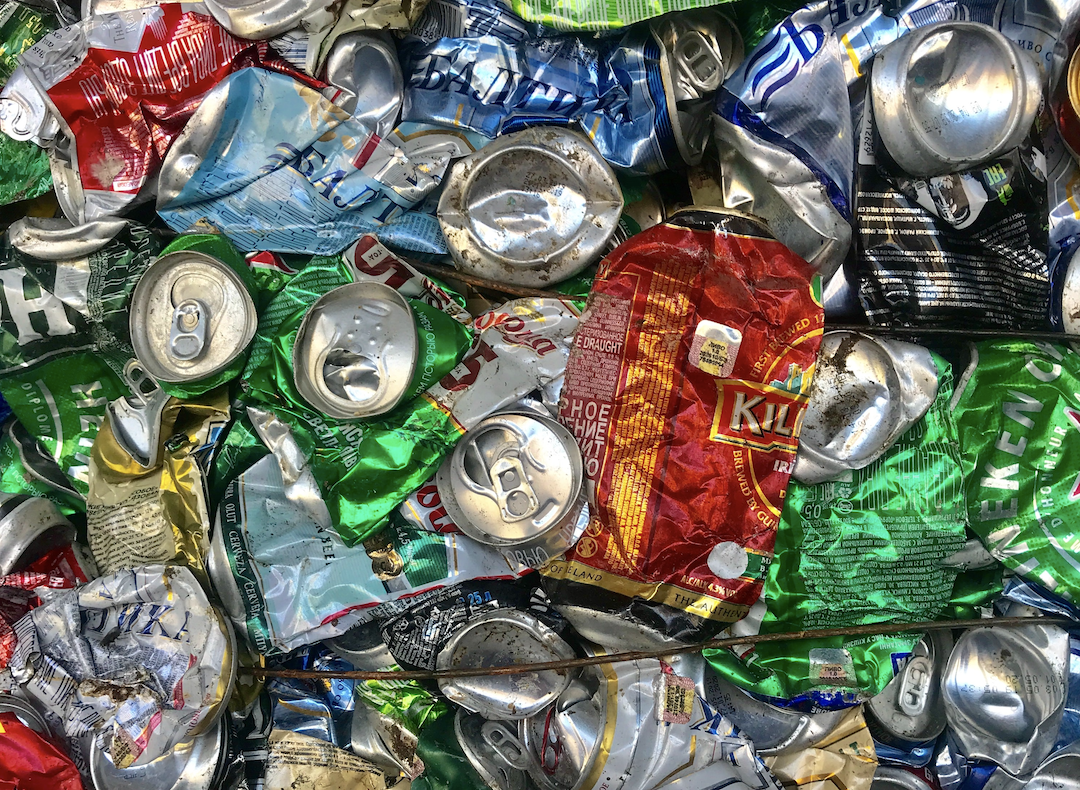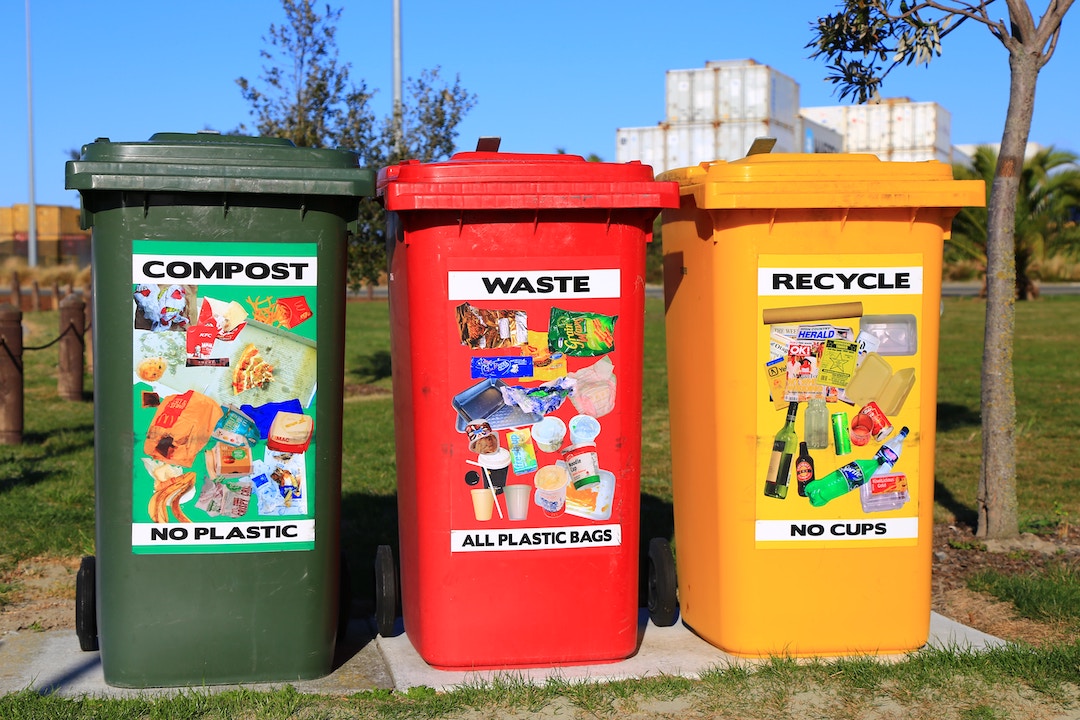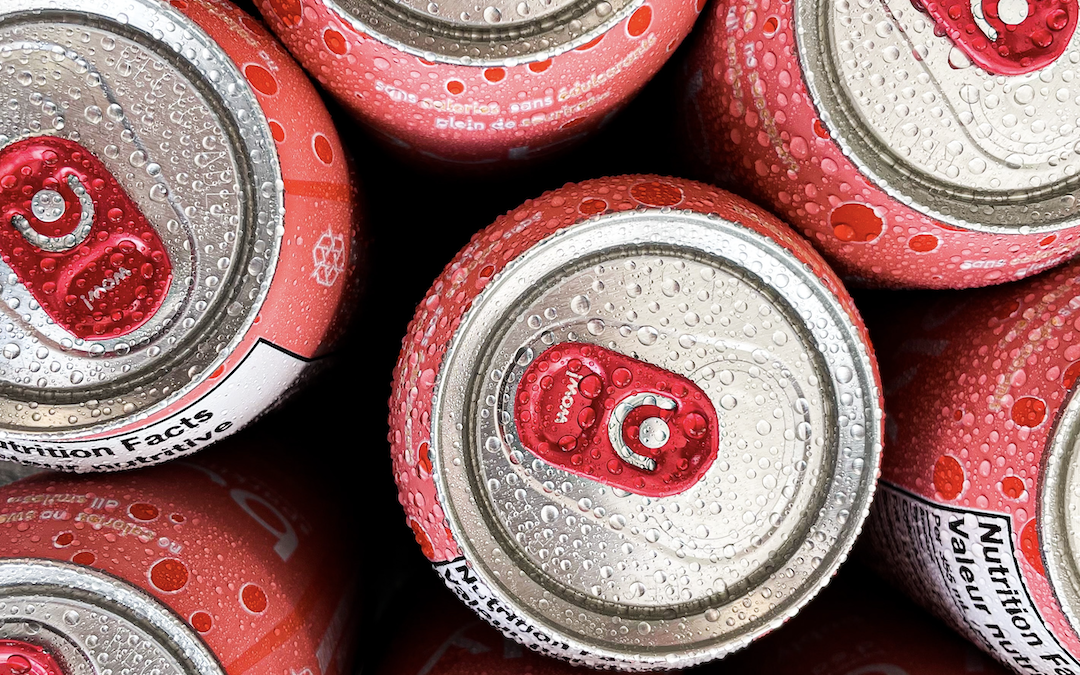A study into Australia’s aluminium industry has revealed the effective recycling practices being employed nation-wide.
However, in order to reach a fully sustainable economy, there are several steps the industry needs to take as outlined in the research.

Aluminium analysis
The study was conducted by the International Aluminium Institute, who wished to understand the lifecycle of cans after they are recycled. The six countries analysed in the research were Australia, South Korea, Thailand, Cambodia, United Arab Emirates and Vietnam. Together, they offered a representational understanding of can usage and processing in different countries, as well as the trade of aluminium scraps. Within Australia, the research involved analysing collection infrastructure, as well as recycling and landfill rates.
According to Marghanita Johnson, CEO of the Australian Aluminium Council, “We know Australians want to do the right thing with their recycling – and to have confidence that every aluminium can which is placed into a yellow top bin or deposited through a container deposit scheme is recycled – even if this recycling takes place offshore. We wanted to verify the data and give Australians this confirmation.”

The facts
Thankfully, the study was able to do just that. It revealed that most of the aluminium cans recycled by Aussies are turned into new cans, creating a closed loop.
On average, Aussies use more than 9 billion cans every year. And this is set to increase by 25 percent before 2030 (reaching 11 billion cans annually) due to the recyclability and versatility of aluminium.
Interestingly, when Australia’s car industry was shut down a decade ago, it led to the closure of the major aluminium rolling mills as well. These mills were the primary remelting facilities for aluminium recycling. Since then, Australia has been forced to export their cans and other aluminium scraps for recycling purposes.
The International Aluminium Institute’s Director of Scenarios and Forecasts, Marlen Bertram, reveals that “the deep dive into the Australian aluminium can recycling flows revealed that, while very few cans are recycled in Australia, we have confidence that they are being recycled in countries like South Korea, Thailand and Saudi Arabia. Of the recovered cans, the majority (65 percent) are going back into making a new generation of aluminium cans, closing the can-to-can recycling loop.”
Recycling an aluminium can uses around 5 percent of the energy needed to produce a new one, meaning it plays a significant role in decarbonisation of the industry as a whole.

The path ahead
However, while Australia is working hard to ensure their cans don’t end up in landfill, there is still a way to go before we can achieve complete sustainability.
“Australia will have container deposit schemes in place in all States and Territories by the end of the year and already has a voluntary extended producer responsibility (EPR) scheme – which helps Australia to reach a can recovery rate of 74%. But this means that around a quarter of cans are ending up in landfill – and this is a waste of all the resources and energy which go into making each and every can,” adds Marlen.
“However, this study shows that, even with the advanced policies and collection infrastructure for recycling in Australia, there are opportunities to do better – and that there are actions which can be taken individually and collectively to help improve the rate of can recycling, to reduce contamination, and to increase can-to-can recycling rates.”
The report suggests more education around the benefits of aluminium recycling, as well as further investment in infrastructure, could be the solution to promoting increased recycling levels. Similarly, while waste management policies are currently organised at a state level, advocacy from federal bodies could help to increase the effectiveness of projects.
The results of the report have painted a positive picture of Australia’s aluminium industry, and offered achievable steps for long-term sustainability.
To read more about Australia’s recycling practices, click here.

